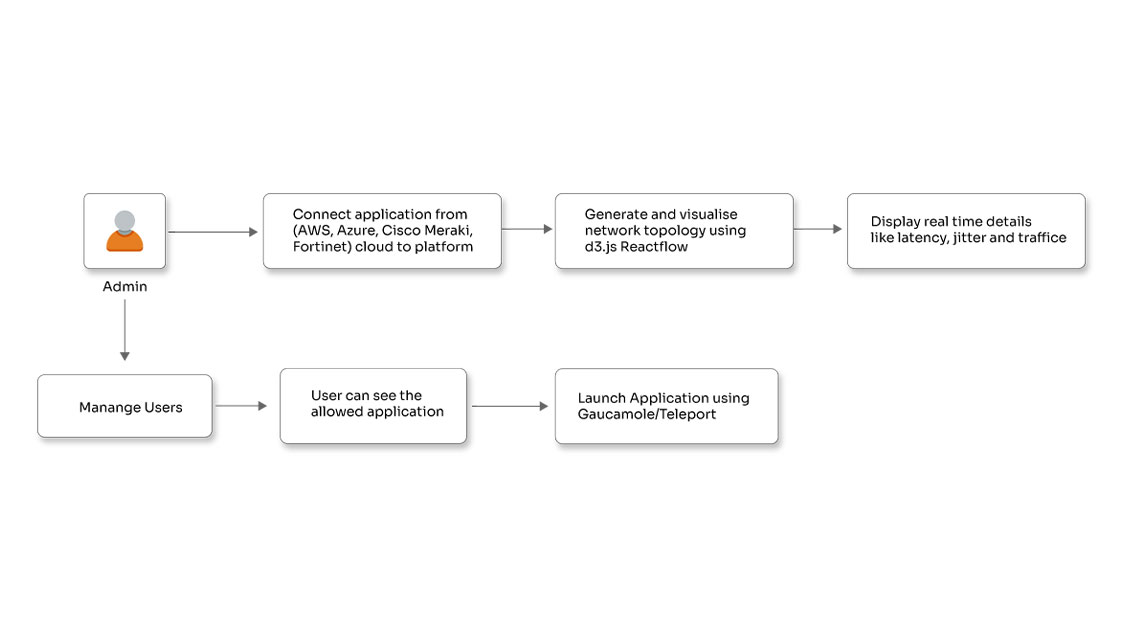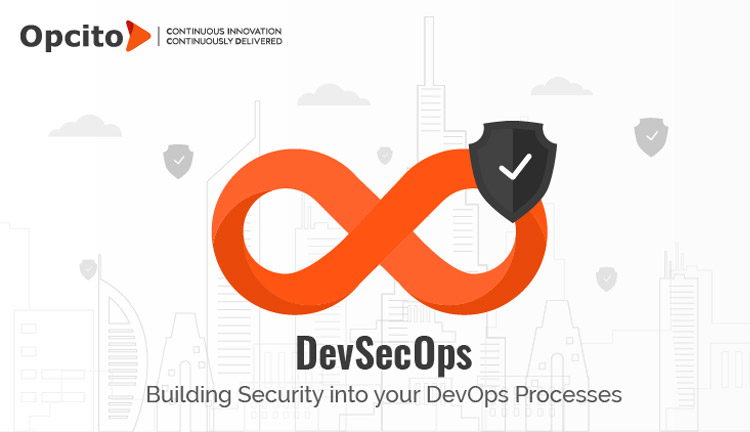What is Infrastructure as Code and why should you go for it?

Posted By
Chaitanya Jawale

End-to-end automation of the software development process is the thing now. In recent years, one can surely say that automation of the overall application development process has gone mainstream, although individual parts of the overall process, like testing, are automated for a while now. But managing and provisioning IT infrastructure was the one area that was a little ignored part in this age of automation. I know there are a lot of tools with fancy dashboards that give you health updates and do the provisioning part for the infrastructure. But that is just a part of infrastructure automation, which simply means replicating steps multiple times and reproducing already produced outputs several times on several servers. In reality, it is just replication to reduce human intervention and the time involved in doing so. With the kind of applications in place and the new age IT environments that are more dynamic than ever, you need something that will not only scale faster but also will maintain consistency of performance in addition to functional and physical attributes. And Infrastructure as Code could just be the thing.
What is Infrastructure as Code (IaC)?
Infrastructure as Code (IaC) involves replacing manual processes and standard operating procedures to configure discrete hardware devices and operating systems with code or an application that will automatically manage and provision the technology stack. A typical infrastructure consists of components like databases, servers, applications, and networks interlinking all the aforementioned. In IaC, also known as software-defined infrastructure, you can configure and deploy these infrastructure components faster with consistency by treating them as an application.
So every time you need to configure an Infrastructure, you don't need to go to the sysadmin guys, raise a request, create a ticket, and wait for them to attend it. Instead, your developers and operations teams can easily do that using an application.
Why IaC?
Just like any automation process, the obvious benefits here are cost, simplicity, and speed. Because with IaC your Sysadmins can work on tasks with more priority, and your developers, along with DevOps processes, can work more efficiently. You can answer their infrastructure requirements more dynamically than ever and you can literally spin-up an entire setup by running a single piece of code. Thus increasing the speed of the overall process, reducing manual efforts and time taken to deliver the infrastructure requirements. To explore how advanced cloud automation solutions can further streamline your infrastructure management, check out our specialized services. Similarly, you can spin down environments by running a script that may save you fortunes associated with the resources that you might not need anymore.
What are the advantages of IaC
- Security: When you are setting up a huge infrastructure with just a click, it becomes very important for your security teams to be equally responsive and make sure the set environment is secure enough. This might not be possible every time, which may raise questions on security in IaC. But here is the thing - before the deployment of code for Infrastructure, you can perform unit testings for security and compliance by treating the code as an application or as any other code. Deployment and testing in sandbox environments can tell you about the possible threats. Hence you can take care of them in advance. Continuous monitoring of live environments with cloud security services can help in continuous security and compliance testing. All these practices in place will drastically reduce the time to identify threats, treating them and the operational complexity.
Another advantage on the security front is you can document and track any changes made to the environment. This will help not only from a security perspective but it will also reduce the risk associated with dependency on the personals associated with administration. For a deeper dive into securing your IaC implementations, explore our expert insights. - Efficiency and consistency: With IaC, your developers can work more productively because of the increased efficiency and reduced dependency on other teams. They can launch their own environments as and when required. With one code, they can take care of a number of steps that would be there without automation. Preconfigured scripts will make the spinning-up process hassle-free. And just like spin-up, you can automate spin-down that will reduce the number of components that are not in use, helping to keep your cloud environments clean and organized.
Set standard procedures and predefined scripts can help you maintain consistency across the deployment procedures. Plus, with IaC, human intervention is minimum, which means reduced human errors and increased uniformity and standardization. As a result, the issues like compatibility and it runs on my machine are reduced to a minimum.
Learn how Opcito's DevOps configuration management services can enhance your IaC practices for seamless and standardized deployments.
Now that you are aware of the advantages associated with Infrastructure as Code, you might want to start with it at your organization. But for that, you need to understand the best practices and the best tools for the same. So, in my next blog, I will talk about best practices and the tools for Infrastructure as Code.
Related Blogs




















